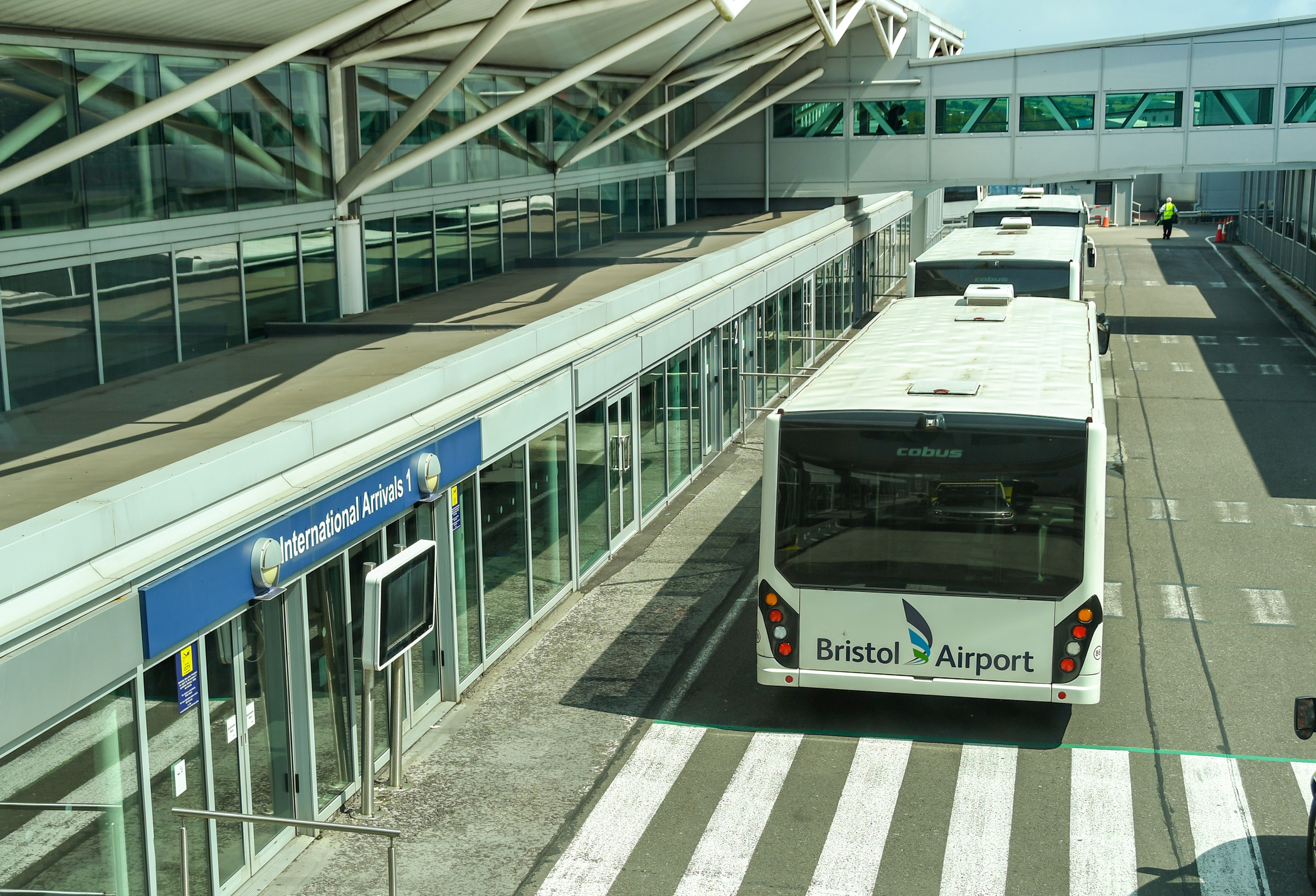On 31 January this year the High Court Decision of Mr Justice Peter Lane dismissed a challenge to the grant of planning permission for the expansion of Bristol Airport from 10 million passengers per annum (mppa) to 12 mppa1. Planning permission had been granted in 2022 following a planning inquiry held in 20212. Five of the grounds for challenge related to climate change. The High Court Decision runs to more than 250 paragraphs.
Matt Ösund-Ireland at Susteer provided expert witness services on climate change on behalf of Bristol Airport Limited. We wanted to take this opportunity to provide some insight on a key topic considered during the planning inquiry and the High Court Decision, which is the assessment of carbon emissions and whether they should be considered at the international, national or local level.

Carbon emissions contribute to global warming suggesting that carbon emissions from the proposed expansion should be considered at the global (international) level. However, this is clearly a nonsense as the contribution to global emissions would be negligible for any and every development project. Conversely, at the local scale, emissions from large scale developments would dominate local emissions and likely to be considered ‘major adverse’ in the parlance of environmental impact assessment. If the global view is taken and the emissions are deemed negligible there is the likelihood that little would be done by the developer to reduce those emissions. If the local view is taken, then there is the risk that no large scale developments would be deemed permissible. Moreover, emissions from all other local sources are likely to be overshadowed and there may be little incentive to reduce those, much smaller, local emissions. Neither situation is desirable as all parties agree there is a need to reduce emissions and achieve carbon net zero.
In his evidence, Matt referred to UK Government policy on aviation referred to as ‘Making Best Use’ (MBU)3. In terms of carbon emissions, MBU makes it clear (paragraphs 1.8 to 1.10) that the local planning authority needs to consider environmental issues such as noise, air quality, and carbon to be fully addressed as part of any airport proposal,… in particular,… the need for improved surface access and airspace modernisation to handle the increased road / rail and air traffic. MBU also makes it clear (paragraphs 1.11 and 1.12) that there are some important environmental elements which should be considered at a national level. The government recognises that airports making the best use of their existing runways could lead to increased air traffic which could increase carbon emissions. International aviation emissions are included within the sixth carbon budget which, in accordance with the Climate Change Act 2008 (as amended) is the responsibility of the Secretary of State and therefore a national issue.
Matt concluded from MBU that carbon emissions related to air traffic should be considered at the national level and carbon emissions from all other sources associated with the airport (e.g. airport buildings, air-side ground support vehicles and equipment, and access to the airport by passengers and staff) could be addressed at the local level. The planning application for the expansion of Bristol Airport included a draft Carbon and Climate Change Action Plan (CCCAP) which outlined measures that would be taken to directly reduce emissions and to work with third parties to influence missions reductions. This approach is advocated by the Airport Carbon Accreditation Scheme4.
Our conclusion is that carbon emissions should be assessed at the level most appropriate in terms of responsibility for control. In crude terms, the UK Government is responsible for controlling aviation emissions and Bristol Airport Limited is responsible for controlling all other emissions associated with the airport. This does not mean an absolution of responsibility; all parties, including Bristol Airport Limited, UK Government, the local planning authority and others, need to influence emission reductions by others. The first step in this process is providing transparency in reporting emissions, identifying those responsible for controlling them and monitoring the actions being taken. This is not a new concept and, indeed, forms the cornerstone of the GHG Protocol5; all parties need to report the emissions associated with them, regardless of whether they are responsible for controlling them or not.
1 High Court of Justice, King’s Bench Division, Planning Court Case No. CO/928/2022
2 https://acp.planninginspectorate.gov.uk/ViewDocument.aspx?fileid=46076498
3 HM Government (2018) The future of UK aviation: Making best use of existing runways, June 2018 available at https://www.gov.uk/government/publications/aviation-strategy-making-best-use-of-existing-runways
4 https://www.airportcarbonaccreditation.org
5 https://ghgprotocol.org